Perdido Key Beach Mouse 101: What It Is, How It Affects New Construction, and What a “No-Capture” Letter Really Means
In My Words: What the Beach Mouse Is
I’m Meredith Folger, a Gulf Coast real estate advisor who helps people navigate coastal property from Orange Beach to Perdido Key. The Perdido Key Beach Mouse (often shortened to “PKBM”) is a small, nocturnal mouse that lives in the dunes. It depends on native dune plants, seeds, and insects—and on dunes themselves remaining intact. Because the population is limited and sensitive to disturbance, it is federally protected. Protecting this species also protects the dunes that buffer our islands from storms and erosion.
Why This Matters for New Construction
On barrier islands, your lot isn’t just sand—it’s an ecosystem. When you plan a home, pool, driveway, or walkover, you’re proposing changes to that ecosystem. If your property includes or neighbors beach-mouse habitat—think vegetated dune areas—it can trigger extra steps before you clear, grade, or build.
- Surveys & Trapping: A wildlife biologist may survey the site. Sometimes they set live traps for a short window to check whether beach mice are using the area.
- Permitting & Coordination: You may need coordination with Escambia County Natural Resources and the U.S. Fish & Wildlife Service. This can add time and conditions to your project.
- Avoidance & Minimization: Site plans often evolve to keep more native vegetation, shift structures away from dunes, limit nighttime lighting, and manage refuse that could attract predators.
- Construction Practices: Fencing, staging zones, and access paths may be required so crews avoid sensitive patches.
What a Recent “No-Capture” Letter Meant—In Plain English
Here’s the kind of language I see regularly: a consultant sets a series of humane traps in the small portion of the lot that looks usable for beach mice and runs them for two nights; their report says “no beach mice were captured” and describes site conditions as “sub-optimal” for habitat. That result is helpful for the specific, limited activity it cleared—often geotechnical borings or similar due-diligence work—because it lowers the risk that those short-term tasks will disturb beach mice.
What it does not mean: it is not a blanket, forever clearance for full vertical construction. It doesn’t certify the whole parcel as non-habitat, and it doesn’t remove the need to coordinate future site work that affects dunes or native vegetation. Habitat use can change over time, and permitting agencies will expect updated information as your project moves from due diligence to site clearing and buildout.
How This Plays Out When You’re Building
- Early Check: We look at aerials, dune lines, and any mapped habitat layers to gauge whether special steps are likely. I’ll connect you with trusted local biologists when needed.
- Field Verification: If habitat is possible, a biologist will assess. Depending on their findings, the plan may proceed with simple precautions or may require formal coordination.
- Plan Refinements: Examples include shifting a footprint inland, narrowing a driveway, raising a boardwalk on pilings, or tightening your construction corridor.
- Permit Path: We coordinate with agencies and keep a clean paper trail so you’re protected and the project stays on schedule.
Buyer & Owner Takeaways
- Due diligence is your friend. A “no-capture” result lowers near-term risk for defined tasks but isn’t a universal green light. Build schedules should account for possible wildlife coordination.
- Design smart. Thoughtful siting, responsible lighting, and keeping native vegetation can preserve the coastal character that drew you here in the first place—and helps permitting.
- Documentation matters. Keep all reports, permits, and plan revisions organized. They add value and clarity when you sell.
What I Recommend Next
If you’re considering a build or major site work on Perdido Key, here’s my step-by-step:
- Call me first. I’ll review the parcel, prior reports, and recent aerials, and we’ll outline a sensible path. Start at https://www.searchthegulf.com.
- Get a current habitat check from a qualified biologist if any dune vegetation is present or nearby.
- Pre-wire your team. Architect, builder, biologist, and surveyor should collaborate early so your plan is permit-savvy from day one.
- Mind the details. Shielded, downward lighting; refuse control; pets under control; and clean staging zones all reduce impacts and keep projects moving.
Glossary in Plain English
- Critical Habitat: Areas the species needs to survive and recover. Touching these zones usually triggers extra review.
- No-Capture Letter: A consultant’s short report saying traps were set and no beach mice were caught during that short study window. Useful, but time-bound and scope-bound.
- Avoidance/Minimization: Design and construction choices that steer work away from sensitive areas or reduce impacts.
Final Thought
I’m here to help you balance dream-home goals with the realities of coastal ecology and permitting. Done right, your project can protect what makes this shoreline special while delivering a home that lives beautifully and responsibly. If “boating,” “new construction,” and Gulf views are on your list, I’ll guide you through the details with clarity and care.
Meredith is a Gulf Coast Expert Real Estate Advisor, licensed in Alabama and Florida. I specialize in helping buyers and sellers navigate the buying and selling of homes along the Gulf Coast.
#searchthegulf #meredithfolger #becausewelivehere
Search Coastal Alabama Homes and Real Estate For Sale
- All Listings
- Under $100,000
- $100,000 - $200,000
- $200,000 - $300,000
- $300,000 - $400,000
- $400,000 - $500,000
- $500,000 - $600,000
- $600,000 - $700,000
- $700,000 - $800,000
- $800,000 - $900,000
- $900,000 - $1,000,000
- Over $1,000,000

.gif)

Perdido Key Beach Mouse & New Construction: Guide | Meredith Folger
Perdido Key Beach Mouse 101: What It Is, How It Affects New Construction, and What a “No-Capture” Letter Really Means
In My Words: What the Beach Mouse Is
I’m Meredith Folger, a Gulf Coast real estate advisor who helps people navigate coastal property from Orange Beach to Perdido Key. The Perdido…
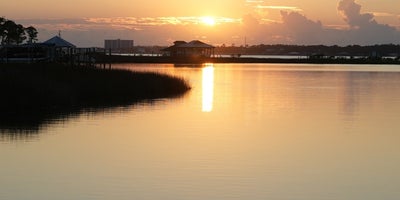
Gulf Coast New Construction: Reservation & Payment Guide
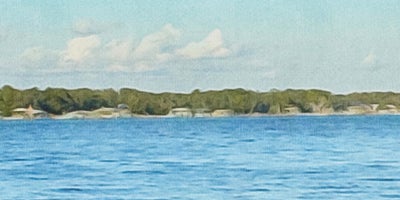
North Hills at Fairhope | 2025 Baldwin County Parade of Homes
Ask A Question or Sign Up To See New Real Estate Listings Before Your Competition
When it comes to finding the home of your dreams in a fast-paced market, knowing about new listings as soon as they are available is part of our competitive advantage.Sign up to see new listings in an area or specific community. Contact Meredith with any questions you may have.
Posted by Meredith Folger Amon on

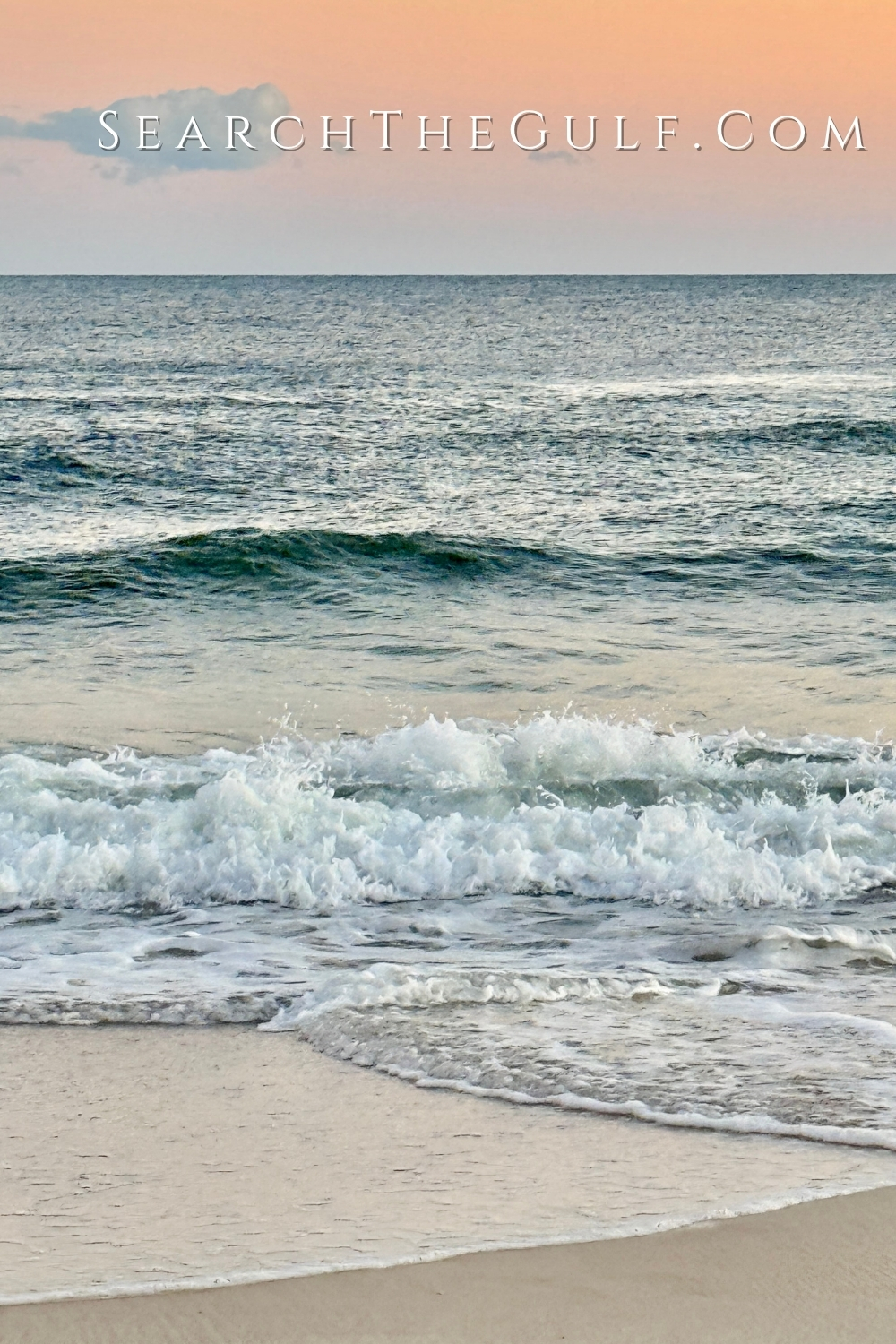
_(800_x_150_px)_(2).gif)

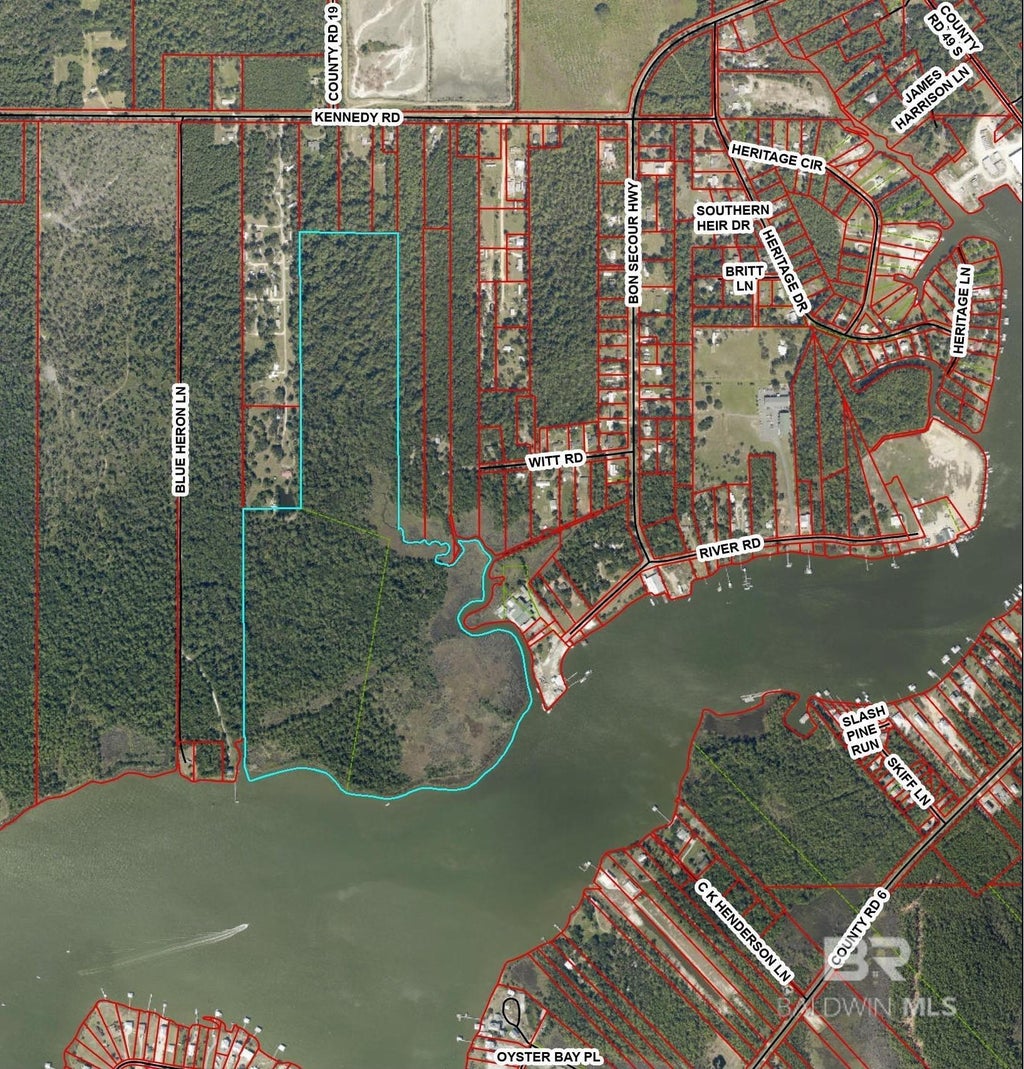
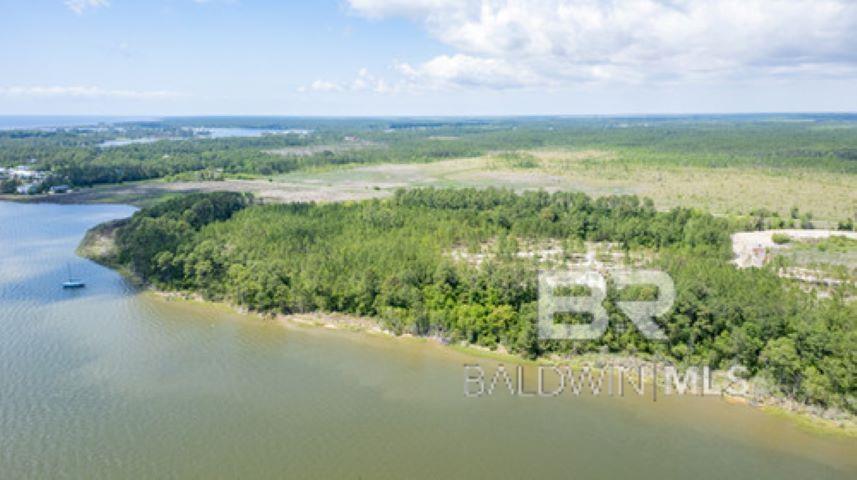
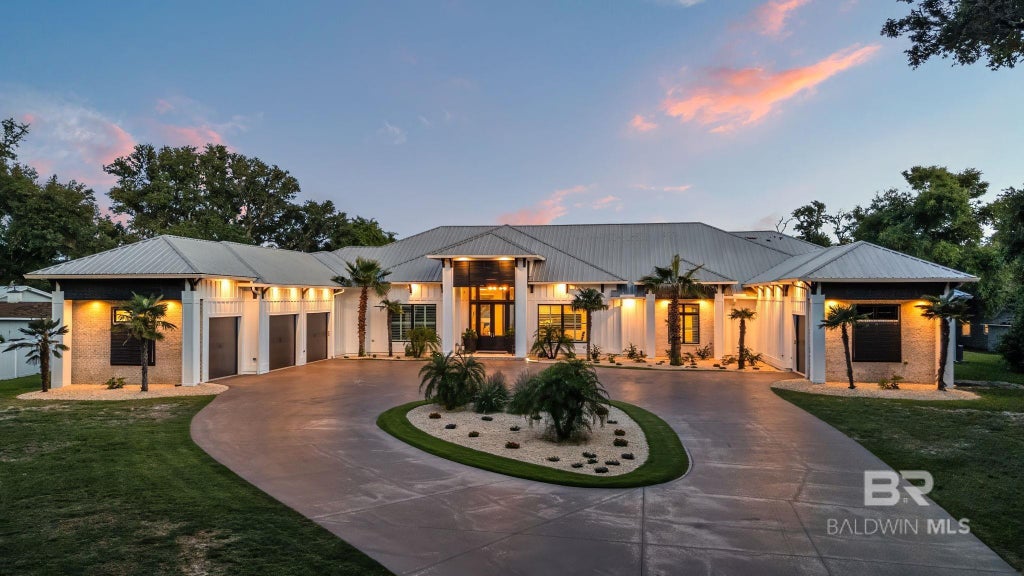
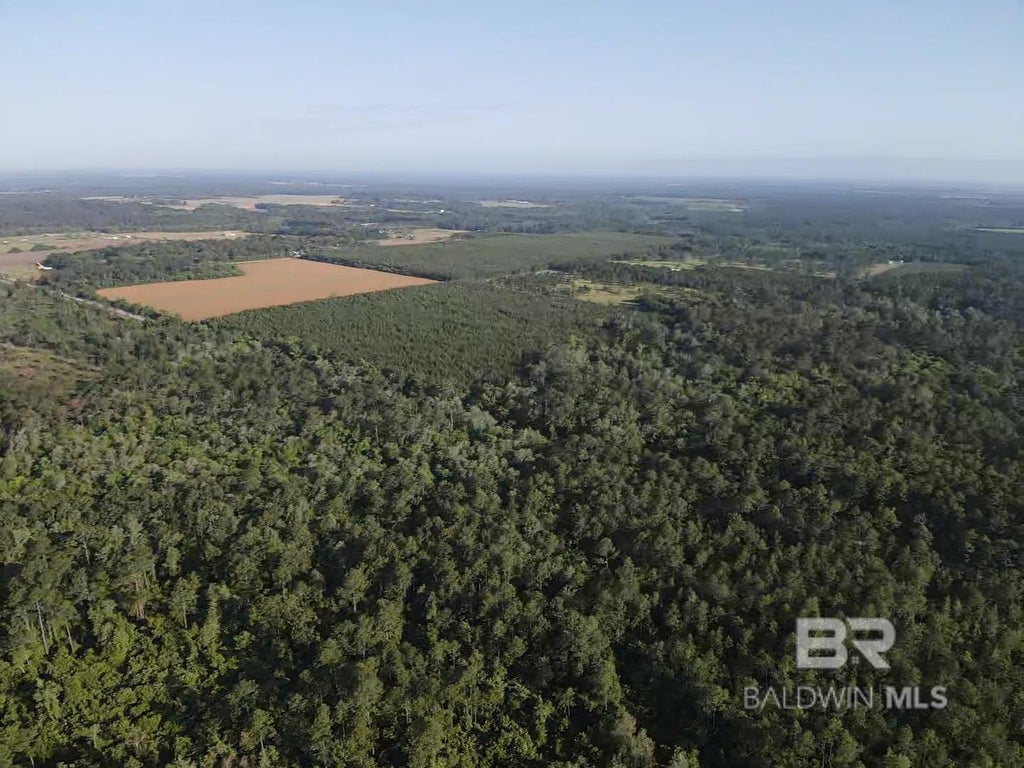
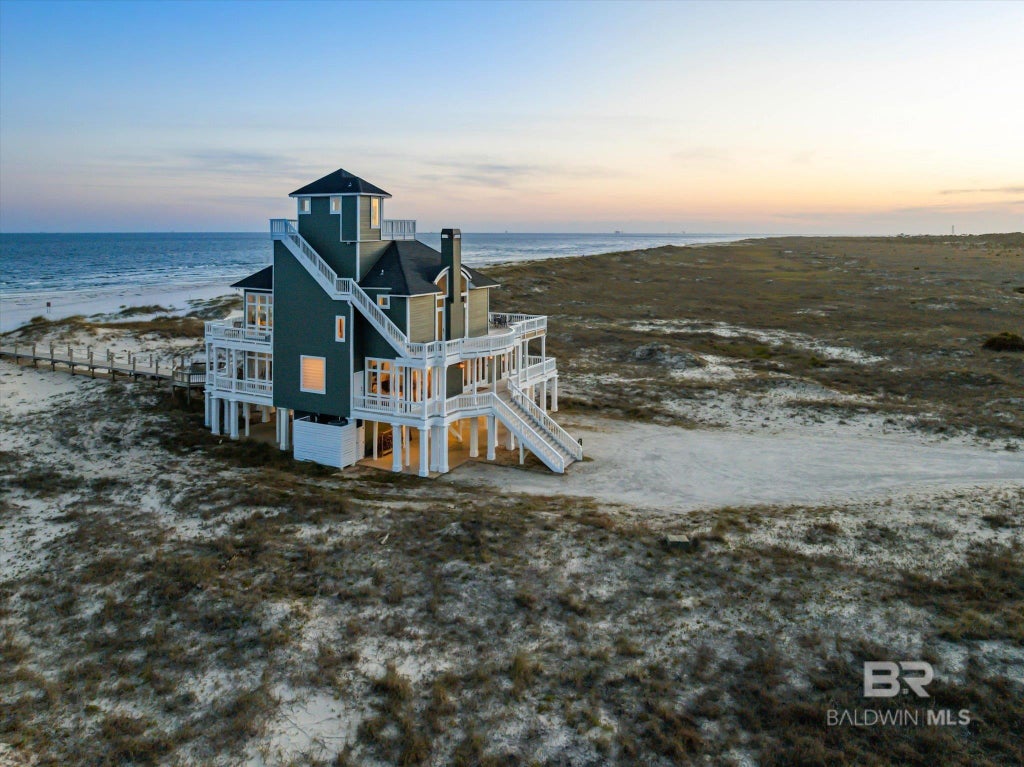
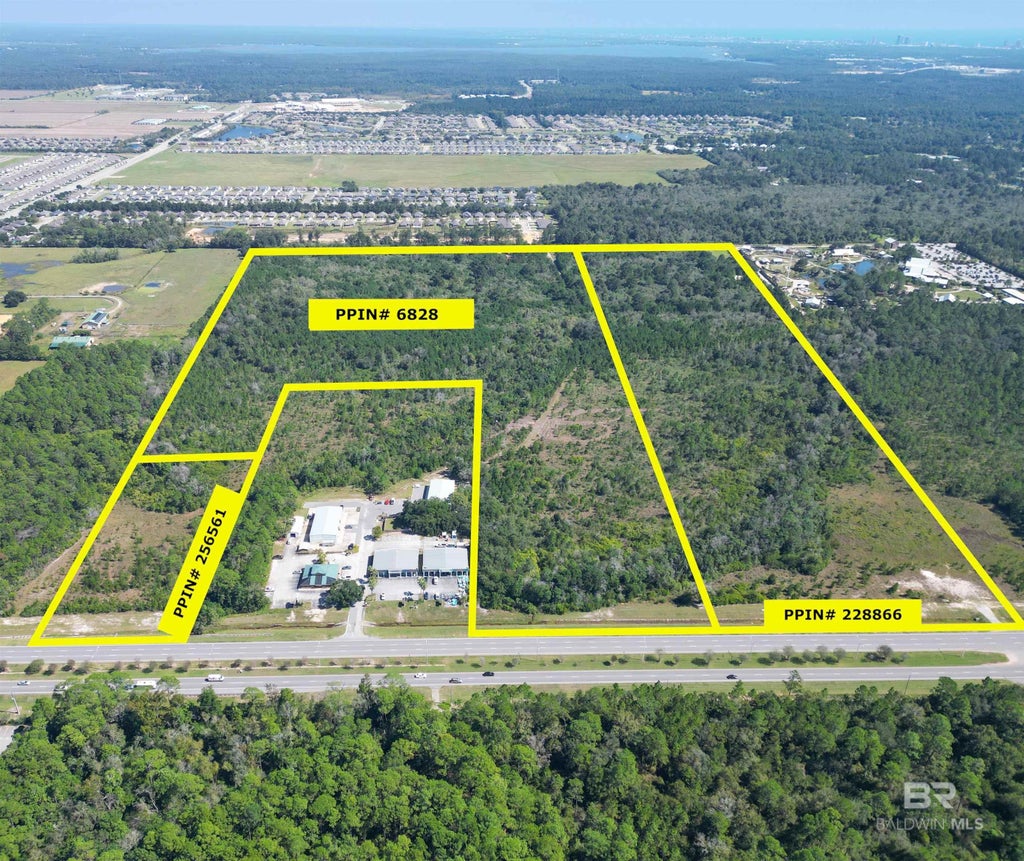
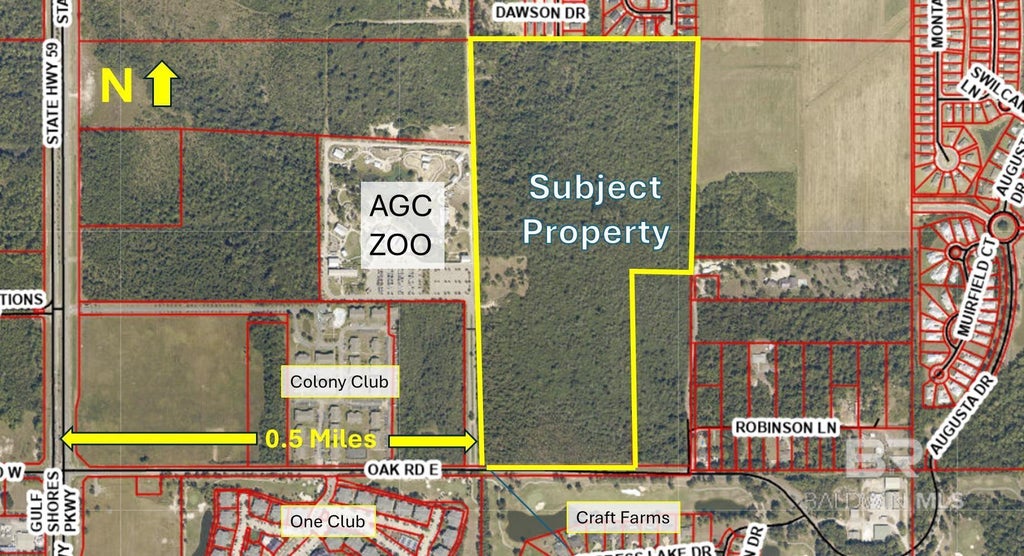
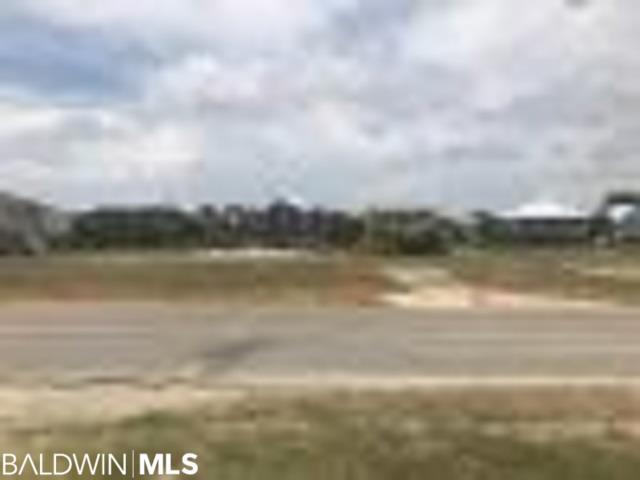
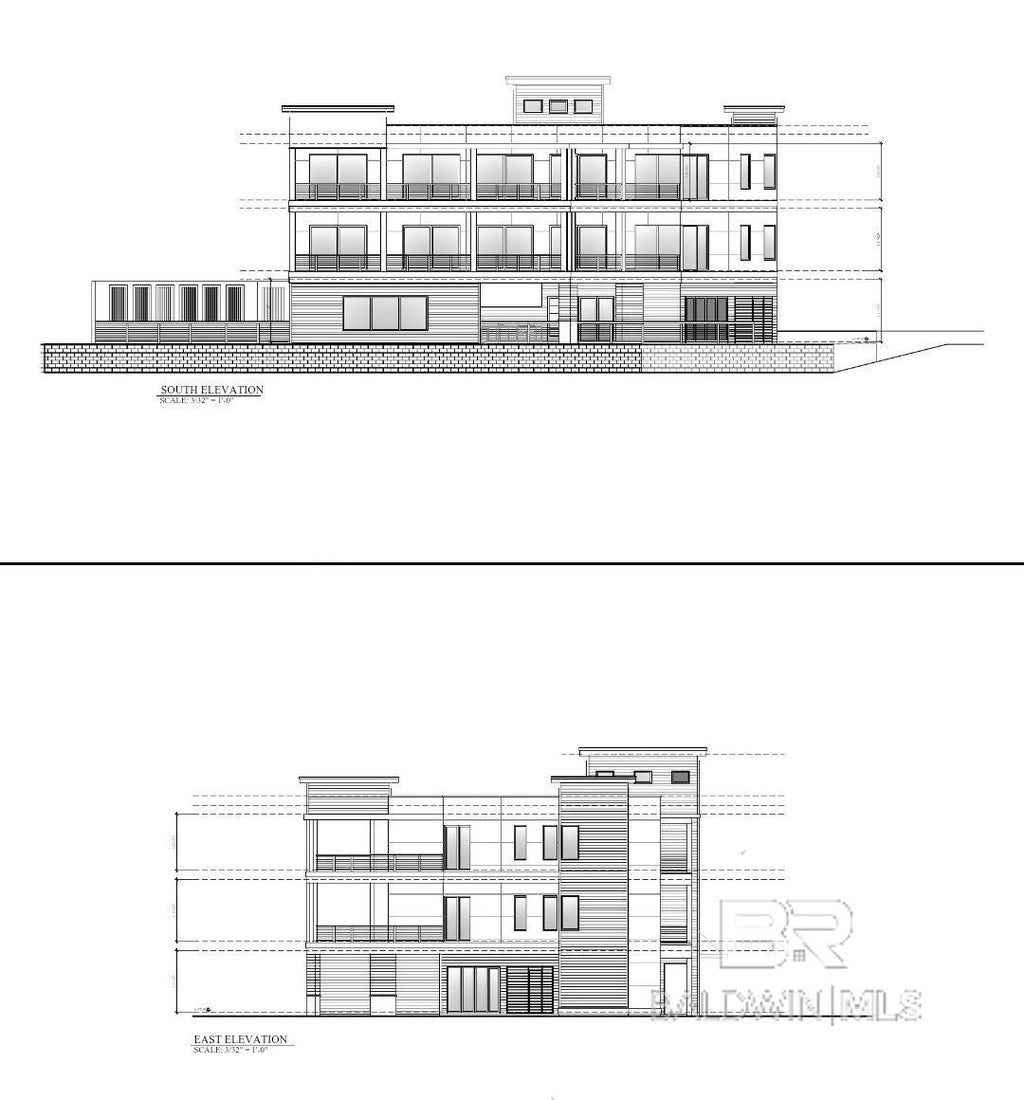
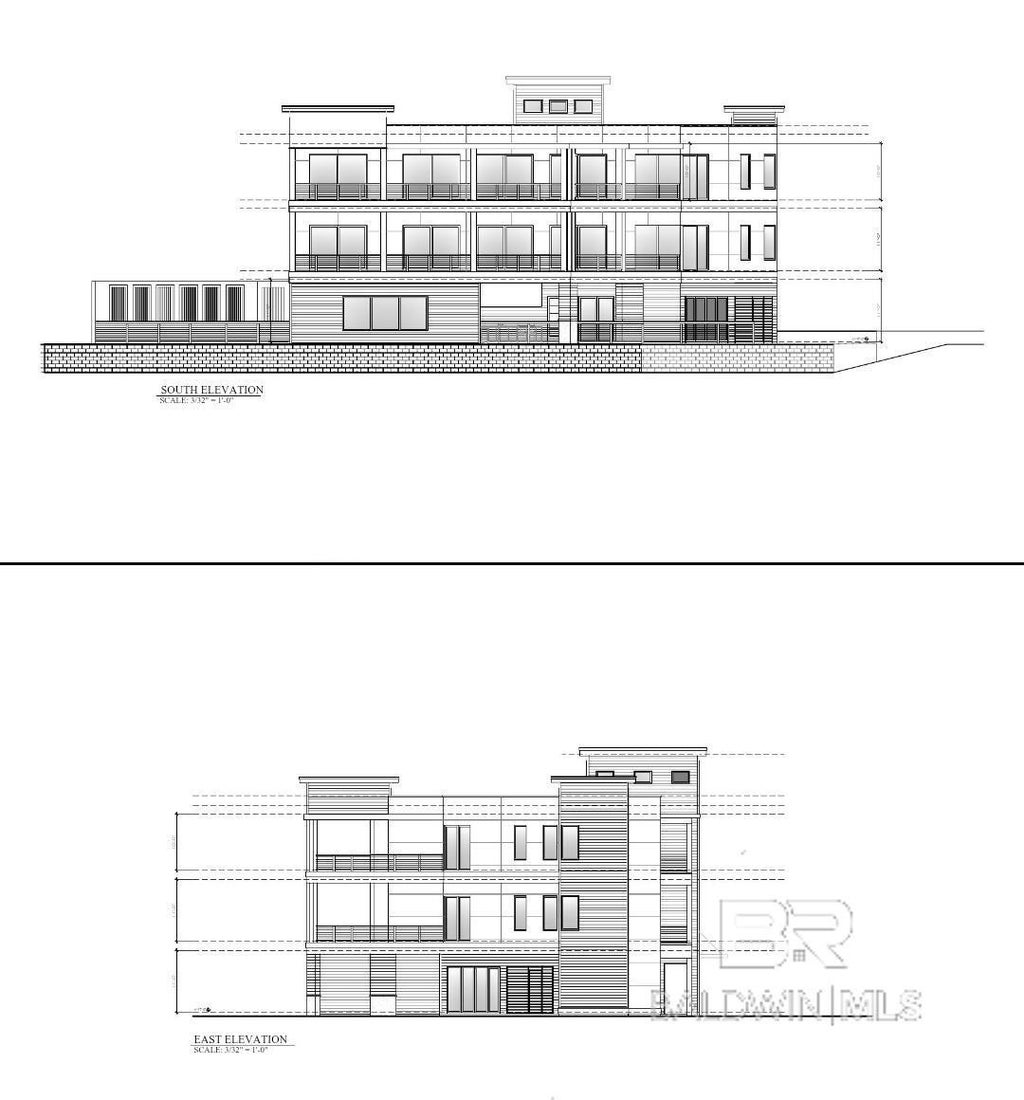
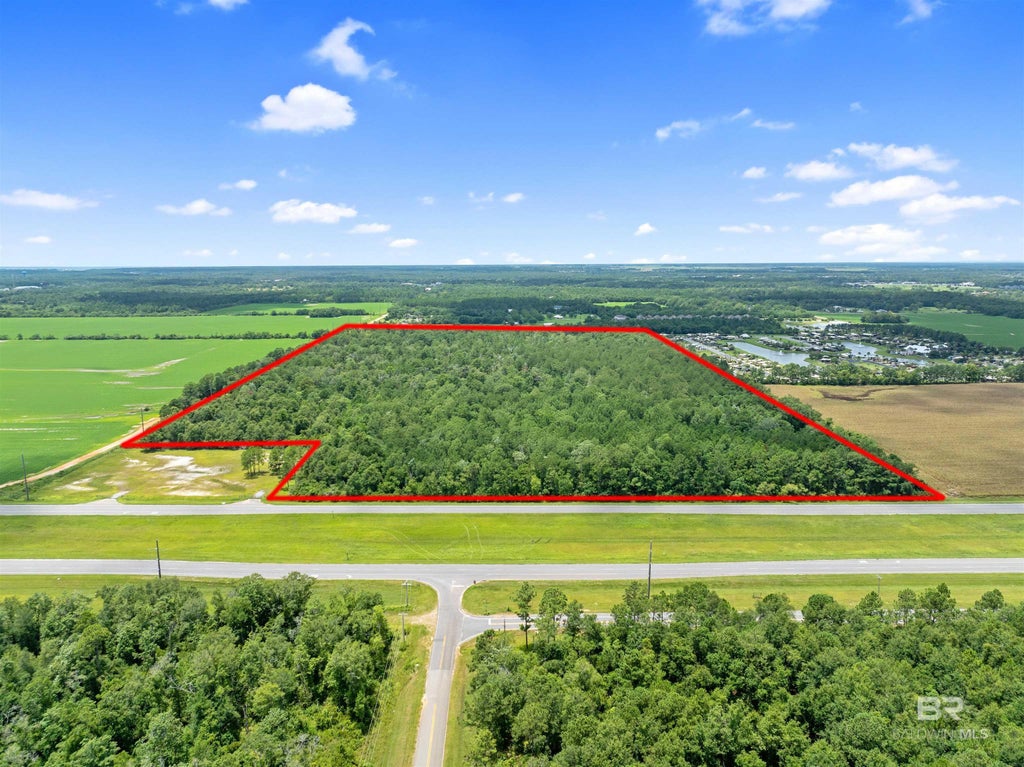
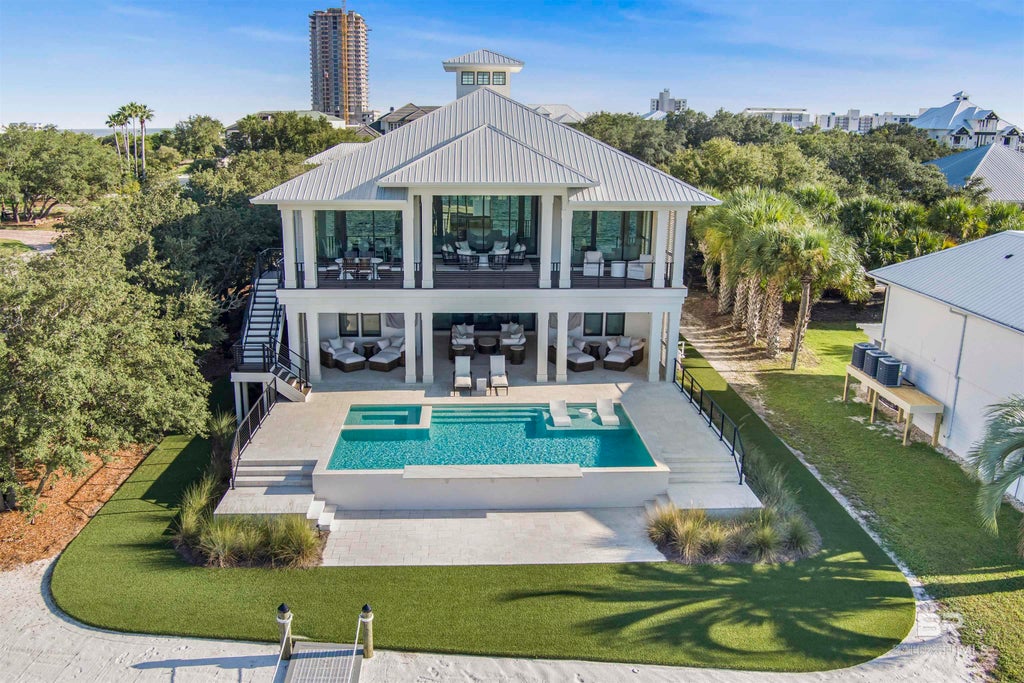


Leave A Comment